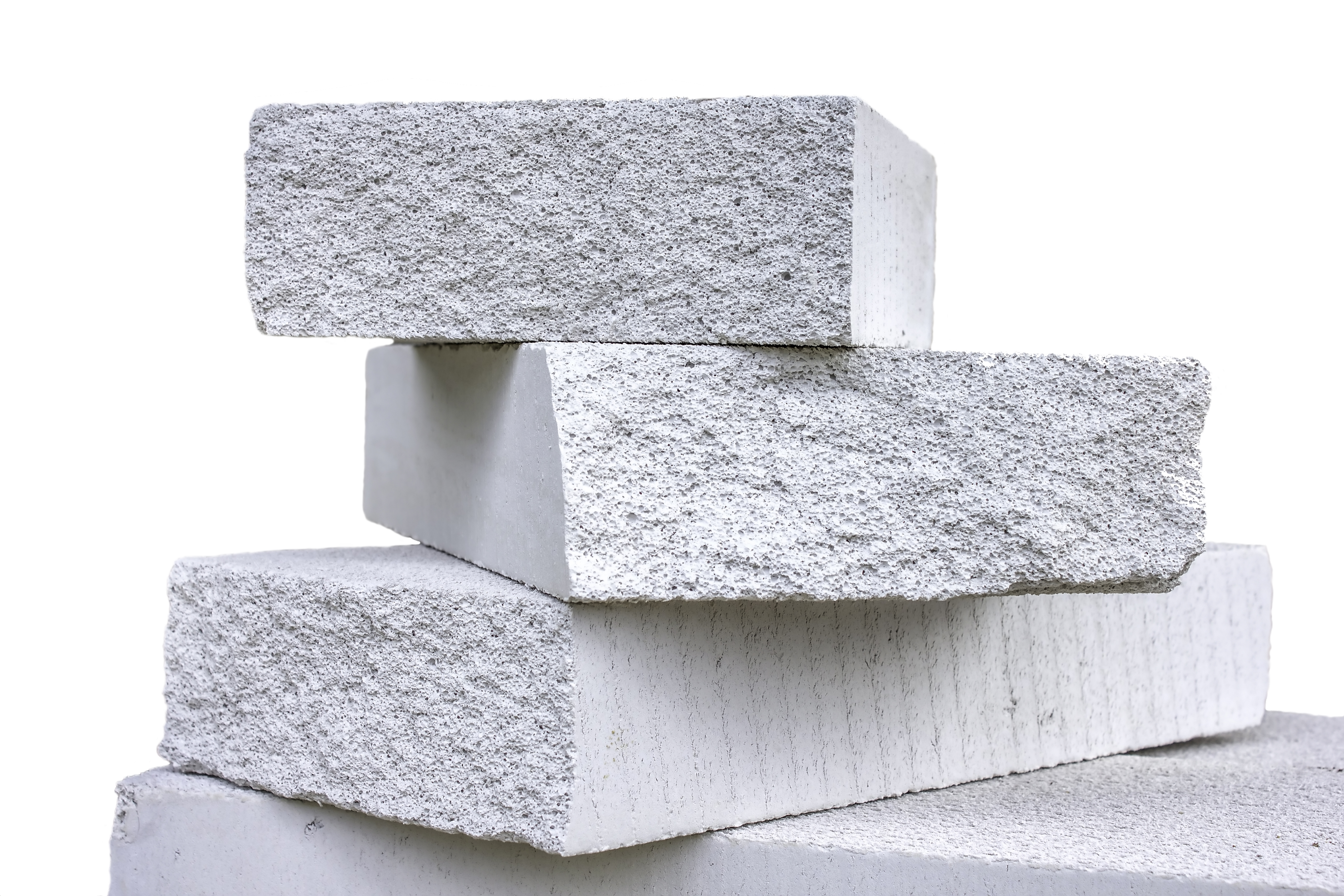What is low cement castables?
Easily put - low cement castables (or by some referred to as castables or refractory castables), is a type of material used in construction and various industrial applications, a unique characteristic is that it’s more heat-resistant than regular cement. So if you’re building a fireplace or a furnace, you would need a material that can withstand higher temperatures without melting or breaking apart.
Thoroughly put - low cement castables are used as a lining to build and repair furnaces and kilns. They contain less cement than other castables - instead containing ultrafine powders with a similar chemical makeup to the main material of the castables - and require less water in the mixing stage. As a result, low cement castables are substantially more resistant to heat and abrasion, are better at maintaining their strength and form, and have a higher density.
There are many shortenings for low cement castables. Often LCC is used (low cement castables), but also LCR (low cement refractory) eller LCRC (low cement refractory castables) are used.
Working with low cement castables
1. Storage
Low cement castables should be kept in an “extra” dry, non-humid place (this is because low cement castables contain a lower amount of cement binder compared to regular cement castables – the reduced amount of cement makes them more susceptible to moisture which can lead to setting or curing problems).
If stored outside, protect them from the rain with a waterproof cover, but make sure there’s enough ventilation to prevent condensation forming. Don’t stack more than three pallets on top of each other, as this can cause lumps to form in the bags at the bottom.
Check the batch code on each bag and use the oldest materials first - low cement castables typically have a shelf life of between 3-6 months (traditional concrete typically has a longer shelf life and are less sensitive to storage conditions). The properties and performance of low cement castables are designed to be consistent, but mixing a new and old bag can have small variations in properties (but not critical).
2. Mixing low cement castables
First, check that all of your equipment for mixing the low cement castables - including shovels, mixers, and moulds - is clean. Residue from other materials will affect the setting time and make the mix less workable.
The best conditions for mixing low cement castables are when the temperature is between 20-27C (but 10-27C is the range possible). If the environment for the mixing is significantly hotter than the recommended range, it can accelerate the setting time. Adding more water is risky, as the water content of the mix is critical to get the desired consistency. Instead, it is advised to use chilled/cooled water to lower the temperature and slow down the time for setting.
Low cement castables should be mixed with a forced action mixer if larger quantities, smaller quantities can be mixed with mixing paddles, the SoRoTo Expert Positive or SCREW series will do the job. The “standard” SoRoTo Gear/Motor combination in our forced action mixers is the perfect match for mixing low cement castables, as the gear/motor has been chosen with focus for maximum effect, but with lowest possible amps used. In combination with the strong motor, the SoRoTo mixing arms in the forced action mixers also increases the strength of the machines as the full power is distributed to the well angled mixing arms. Choosing the right size of mixer is important and as low concrete castables is a drier material, it is recommended to have more flexibility in the output by choosing a larger model than the standard concrete outputs.
Some suggests to dampen the mixer before mixing the first batch – this is among others in order to reduce dust emission when the fine powders of low cement castables are put to the mixer, but this will only take a minimal amount of the dust, instead we advise to install a SoRoTo Dust Controller, which removes up to 80% of the dust. Add the dry materials and the minimum amount of water specified in the instructions - use clean water that’s suitable for drinking.
Mix for 4-5 minutes. If it seems too dry after this, add a very small amount of water - staying within the manufacturer’s recommendations. Once you’ve found the right ratio, use this amount of water from the beginning in your next batch.
Only mix as much as you’re able to immediately place – the longer you wait (e.g. +15 minutes and forward) the higher risk of the mix setting, and it will be difficult to place – so be sure to be in control if this, always follow instructions from material.
If extraction of mix is to be extracted to a bucket, make sure to use the bucket holder to decrease the fall of the material – if extraction is for a wheelbarrow, make sure to height adjust the legs for a perfect fit.
3. Placing low cement castables
Low cement castables need to be vibrated, with a high-frequency vibration. Run the vibrator at full capacity, but don’t over-vibrate! A proper vibration is crucial when working with low cement castables in order to achieve the wanted strength, density and even distribution of mix – and you would want to avoid issues like segregation, surface problems and most importantly to avoid cracking – which over-vibrating of this carefully designed composition can disrupt.
When placing, don’t overwork the mix with a trowel - this will make it harder for moisture to escape so that the mix can properly dry. The shuttering should be ready to remove after ( on average) 18 hours.
4. Curing low cement castables
To ensure the highest possible strength, leave the castable to stand for 24 hours without disturbing it.
Ready to start working with low cement castables? Go for it!
Be sure to check out the range of Forced Action Mixers from SoRoTo – we wish you the best luck with your up-coming projects.
_____________________________
Disclaimer: The following blog text contains guidelines regarding low cement castables and how to mix it as communicated by the company SoRoTo. However, it is important to note that these guidelines are for informational purposes only and should not be considered as a substitute for the manufacturer's guidelines. SoRoTo recommends that users always refer to the manufacturer's instructions and guidelines for their specific product to ensure proper and safe usage. SoRoTo will not be held liable for any damages or injuries that may result from the misuse or improper application of their guidelines.























